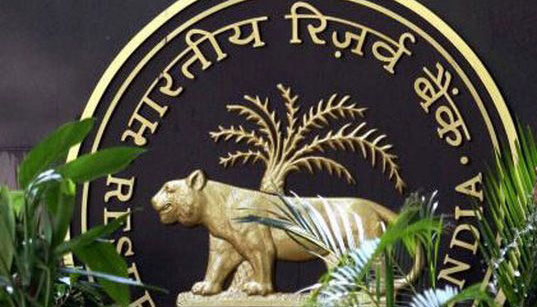Changes in RBI home loan guidelines are the positive sign for EWS and LIG: DHFL

RBI eased norms for Home Loans
Harshil Mehta from DHFL believes that new guidelines of RBI may also get extended for middle income group (MIG) which costs around Rs 12 to 15 lacs in tier-2 and tier-3 cities. To provide a boost for affordable housing, the Reserve Bank of India (RBI) eased norms last week for home loans of up to Rs 10 lacs.
While speaking with CNBC-TV18, Harshil Mehta, CEO, DHFL stated that this is very much positive sign for his company and real estate industry. He believes that these guidelines may also get extended for Middle Income Group (MIG) that costs around Rs 12 to 15 lacs in tier-2 and tier-3 cities. As per the statement of Mehta, the new RBI guideline will largely benefit the Economically Weaker Sections (EWS) or the Low Income Group (LIG) segment where the stamp duty registration is anywhere between 12 -16 percent of the cost of unit which was earlier excluded from calculating the loan eligibility. Below is verbatim transcript of the interview:
-
Could you take us through the positive side of this announcement? How it will be good announcement for your company as well as the real estate industry?
This new RBI guideline will largely benefit the Economically Weaker Sections (EWS) or the Low Income Group (LIG) segment where the stamp duty registration typically goes up to anywhere from 12 per cent to 16 per cent of the cost of unit, earlier it was excluded from calculating the loan eligibility.
Now, with this it for sure that it will help the borrowers to be a part of the loan so in that segment this is definitely good. -
What is your view on the other guidelines which passed with respect to disbursal of loan upfront for the government owned and backed real estate builder bodies’ such as; Maharashtra Housing and Development Authority (MHADA)?
This is definitely good sign and has been a constant feedback to all the regulators especially for those who came to statutory housing projects either by government or by statutory housing boards as they work in a different way than the private sector so this is surely a welcome sign because when it comes from the regulator it makes things a lot simpler from process perspective when you have borrowers who apply for a loan and are looking at disbursals. So, this is a pretty good sign. -
In present, how much of your loan portfolio is sub Rs 10 lacs?
If we look at our company’s portfolio, than more than 60 per cent of our home loans get sanctioned for loans up to the size of Rs 10 lacs and on the disbursement side we would be at 51 per cent of the loans to Rs 10 lacs. -
How do you see this benefiting your top line and subsequently the earnings for your company?
This announcement leads to an enhancement in our disbursements because now you are including that in your loans. So, for sure it will helps us to increase your disbursements while the traction continues on the tier-2 and tier-3 cities so, this means that from a sanction perspective because you will now have more borrowers coming to you for loans and this will lead to higher sanctions. So overall, on the portfolio you can see a marginal increase on account of this. -
Do you see an extension to the ticket size of Rs. 10 lacs going forward to include the Middle Income Group (MIG) as well?
While this new guideline of RBI is for loans up to Rs 10 lacs, we also need to keep in mind that in tier-2 and tier-3 cities even Middle Income Group (MIG) unit cost is in the range of Rs 12 to 15 lacs. So, this limit of 10 lacs may get extended to cover for the Middle Income Group (MIG) segment also which is up to Rs 15 lacs as it would surely benefit as all this falls under affordable housing but this is definitely a good move towards that. -
Can you quantify that?
We would suspect that this would be in the range of anywhere from 2 to 6 per cent.



